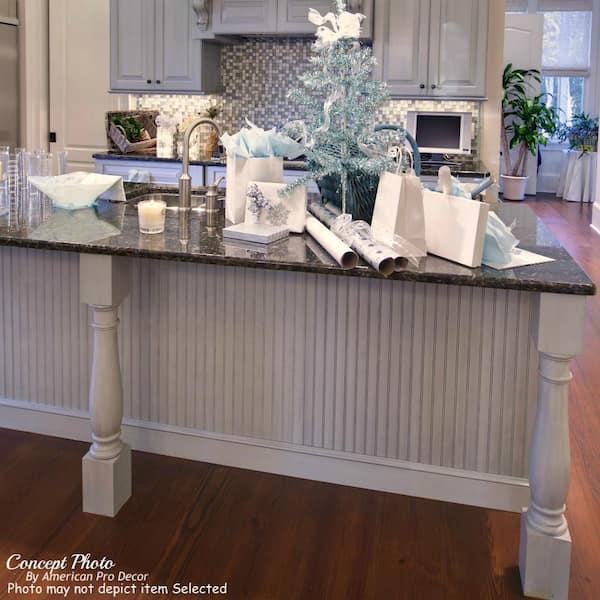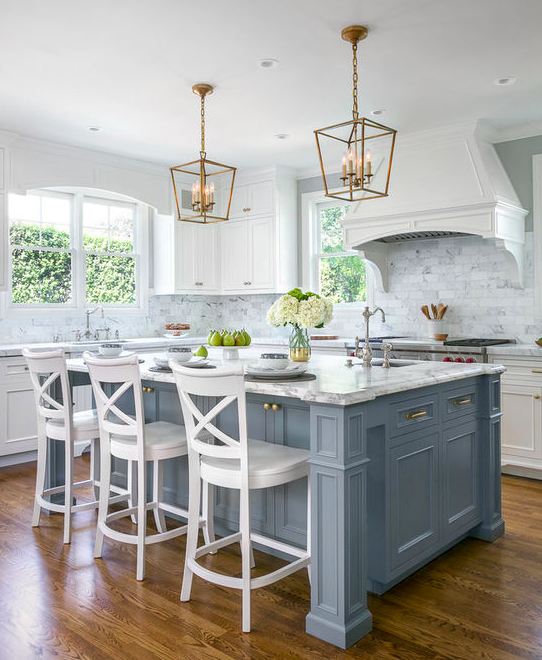Kitchen Island Legs: Improve Your Kitchen with Solid Support
Kitchen Island Legs: Improve Your Kitchen with Solid Support
Blog Article
Crucial Tips for Choosing the Perfect Eating Table for Your Cooking Area
Choosing the excellent table for your kitchen area is even more than simply an issue of taste; it requires a comprehensive understanding of your area and needs. Begin by measuring your readily available space to make certain sufficient clearance for movement. The shape of the table plays an essential function; while rectangle-shaped tables fit larger locations, rounded ones foster affection, and extendable choices offer versatility. Product option is similarly vital, with woods offering sturdiness and glass lending a contemporary touch. Ultimately, the table should integrate with your kitchen area's aesthetic appeals and fit your family members pleasantly. What other factors might influence this important decision?
Procedure Your Area
Choosing the excellent dining table starts with a meticulous assessment of your available area. This foundational action guarantees that the table not only fits conveniently within the space however likewise enhances the general format and performance of your eating location.
It is vital to leave adequate space for chairs to be pulled out and for people to move around the table without obstruction. A general policy of thumb is to enable at the very least 36 inches of clearance from the side of the table to the nearby wall or piece of furnishings.
Furthermore, consider the variety of individuals you typically entertain and whether you require additional space for guests. Choosing for an extendable table can supply adaptability, permitting you to suit differing numbers of diners. By accurately measuring your space, you prepared for picking a table that enhances both the aesthetic appeals and capability of your dining location.
Choose the Right Forming

On the other hand, round tables are outstanding for smaller kitchen areas or intimate celebrations, as they advertise conversation by enabling everyone to face each other. They likewise give a sense of coziness and can fit well in tighter spaces due to their lack of sharp corners. Oblong tables supply the best of both worlds, incorporating the length of rectangle-shaped tables with the intimacy of round ones, making them flexible for different settings.
Square tables are another option, particularly suited for square-shaped rooms. They develop a modern-day and in proportion look, fostering an equal dining experience for all seated. They might be less functional for bigger gatherings unless they come with expansions. Ultimately, the shape you choose must line up with your room dimensions and way of living to ensure both type and feature.
Material Considerations
When picking a dining table, product factors to consider are vital in determining the table's longevity, upkeep demands, and overall visual. Timber is a timeless choice, providing ageless charm and effectiveness.
Glass-topped tables give a modern-day, smooth appearance and can make an area show up larger due to their transparency. They need regular cleaning to protect against smudges and fingerprints. Additionally, tempered glass is suggested for its extra strength and safety.

Finally, composite products like MDF go to the website (Medium-Density Fiber board) or plywood are affordable alternatives. These materials can resemble the look of strong timber yet may not use the very same long life. They are usually easier to clean but can be at risk to water damages if not properly secured.
Inevitably, the selection of material need to line up with your kitchen area's style, your way of living needs, and your spending plan restrictions. (kitchen island legs)
Seating Capacity and Comfort
Exactly how do you establish the best seats ability and comfort for your table? This essential step includes evaluating both the physical space available in your kitchen area and your house's browse around this site useful needs. Begin by gauging your kitchen location to ensure the table fits easily, allowing at the very least 36 inches of clearance around it for easy motion. Take into consideration the variety of people that normally eat with each other, as this will influence the table dimension. For a household of 4, a rectangular table of 48 inches long or a round table with a 48-inch diameter is usually adequate.
The elevation of the table must preferably be around 30 inches, supplying a balanced ergonomic stance for seated restaurants. Chairs should have a seat elevation of 18 to 20 inches to make sure a comfy dining position.
Design and Aesthetics
Selecting an eating table that matches your design and visual appeal entails balancing personal taste with the existing style of your dining space. The table is often the centerpiece of the kitchen area, and its layout needs to enhance the overall motif of the room. Whether your kitchen area flaunts a modern-day, minimal appearance or a rustic, farmhouse charm, the table you choose need to balance with these aspects to develop a natural and inviting environment.
Consider materials thoroughly; timber offers a timeless allure and can range from abundant mahogany for a standard want to lighter oak for a modern feeling. Metal and glass tables, on the other hand, can present a streamlined, commercial side to your kitchen area. Do not overlook the table's shape-- rectangle-shaped tables are flexible and traditional, while round and oblong choices can promote a much more intimate eating experience.
Additionally, pay very close attention to finishes and information. A distressed surface may include character and heat, whereas a shiny surface area can add to a tidy, contemporary visual. Ultimately, your table need to not only fit effortlessly into your cooking area's style however additionally mirror your individual design, elevating the browse this site room both functionally and visually.
Verdict
In verdict, picking the suitable eating table for a cooking area demands mindful examination of area, shape, product, seating capability, and visual harmony. Eventually, an appropriate dining table fosters a welcoming ambience and fits the house pleasantly, hence boosting the eating experience.

When choosing a dining table, material factors to consider are extremely important in identifying the table's sturdiness, upkeep requirements, and total aesthetic. For a household of 4, a rectangle-shaped table of 48 inches long or a round table with a 48-inch diameter is typically adequate.
Don't overlook the table's form-- rectangle-shaped tables are classic and functional, while round and oval alternatives can cultivate a more intimate dining experience. kitchen island legs.
Report this page